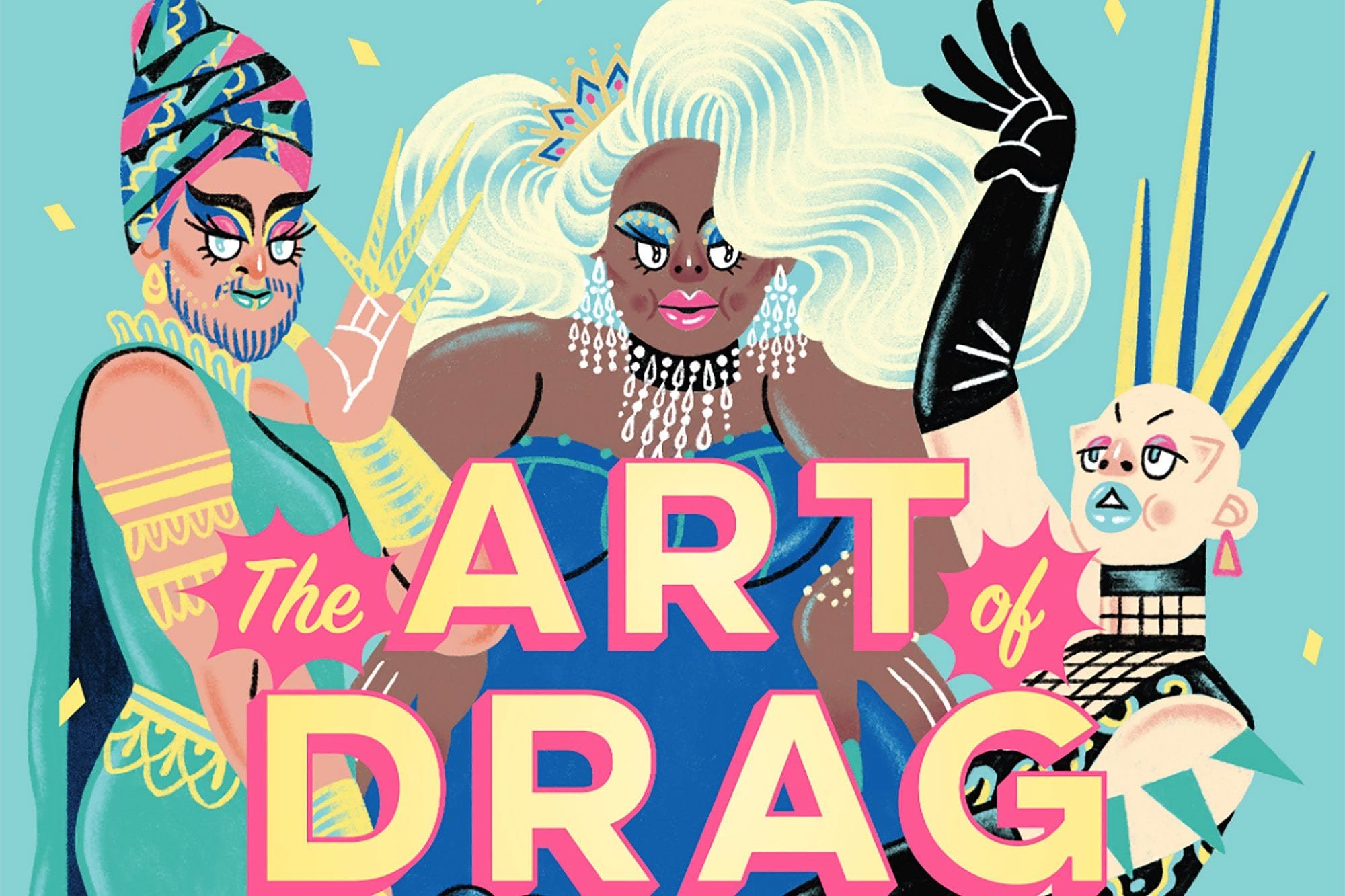Written by Baylie Hoffman (they/she)
In celebration of pride month, I want to touch on the art and history of drag queens, as it is becoming even more highly recognized and appreciated. Anywhere from your local bars to everyday media consumption, drag is changing our language in gender expression, art, and talent.
The Art of Drag: Author- Jake Hall
Illustrators: : Jasjyot Singh Hans, Helen Li, Sofie Birkin
In the 19th century, drag was used in reference to perform in clothes or a persona different than your own gender, however according to the Oxford Dictionary, the word “drag” has existed since at least 1388. The first drag “ball” or competition goes as far back as 1867, when both men and women performed at the Hamilton Lodge in Harlem. Not only men, but women as well, assuming that this is roughly the time the term “drag king” was coined. By the 1920’s, the term “drag” was knowingly being used by gay people, it is theorized that it entered from Polari, a secret language born out of the criminalization of the LGBT+ community in England. In the 1950’s drag performances made their way to bars in more accepting spaces such the Black Cat in San Francisco. Over the next few decades these spaces were specifically curated for the gay community, expanding even into film with John Water’s 1972 film, Pink Flamingos. This film featured the drag queen widely known as Divine, who was the inspiration behind the character of Ursula in The Little Mermaid. In 1990, the documentary, Paris Is Burning, made drag more visible to the public; it paved the way in giving a voice to a community of people that had long been condemned and hidden in mainstream media. In 1993, the name we all know and love, RuPaul, graced the world with his hit song, “Supermodel.” In 2009, the hit show, RuPaul’s Drag Race, premiered and now has completed 15 seasons with several spin-off versions. The art of drag is more universal and beloved than ever before—with drag shows, tours, concerts, broadways, and conventions. It is nearly impossible to sum up centuries of history but drag will forever be a larger-than-life experience.
In reference to our own theatre, a drag queen or “female impersonator” (as they were labeled then) performed at Struthers Library Theatre in 1928. Their name was Francis Renault and they were one of the best-known female impersonators in Vaudeville. From Carnegie Hall to performances in 42 countries, Renault stood at the top of their profession alongside Julian Eltinge and Karyl Norman. Renault was particularly known for their fine ostrich feathers and a $5,000 wardrobe that would be roughly worth $65,000 today. Francis Renault had a long-lasting career at this time, performing up to just two years prior to their death in 1955.
The art of drag and gender expression has always been surrounding us, creating meaningful impact on people and our culture—now with more backlash than ever due to negative media influence. Drag has always been and will continue be the drive that has changed lives for centuries. The LGBT+ community will continue expressing themselves within the arts and creating a safe place in creativity and gender expression for anyone willing to embrace the love and kindness we cast.
Learn more about upcoming pride events here.


